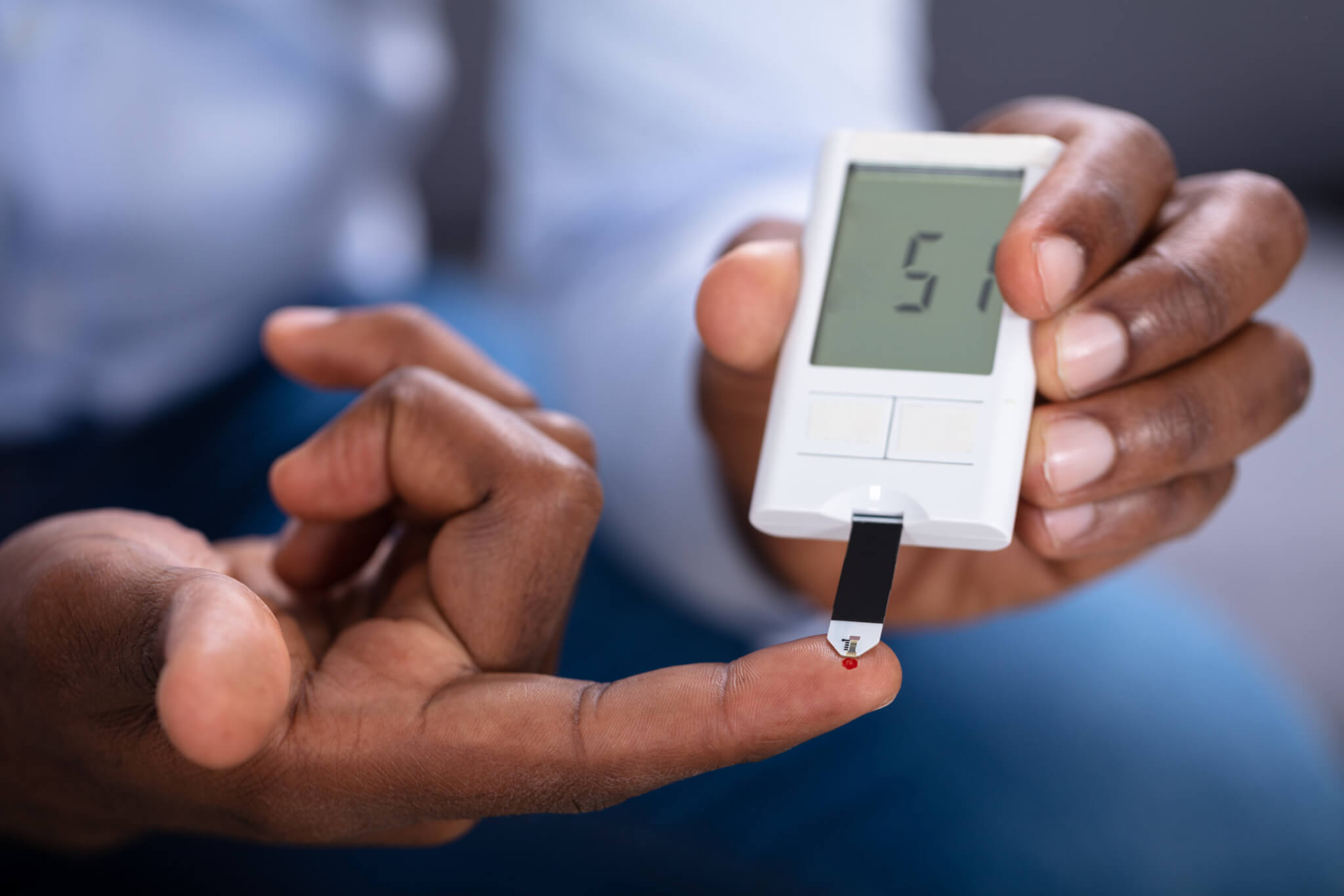TORONTO, Ontario — One in five people may not be as healthy as they think. Scientists from Klick Labs have developed a new way to detect the earliest signs of Type 2 diabetes before it’s too late. Shockingly, they found that a fifth of “healthy” people, according to conventional medical standards, actually have the metabolism of someone who is dealing with prediabetes.
The team aimed their focus on a precursor to prediabetes called impaired glucose homeostasis (IGH). For their analysis, they applied their new patented mathematical method to data from continuous glucose monitors (CGMs) to study glucose patterns.
“For people with diabetes, blood glucose levels can rise and fall like a wild roller-coaster ride with steep drops and peaks,” says Jaycee Kaufman, the study’s lead author and a research scientist at Klick Labs, in a media release. “We found a similar pattern in patients with IGH, albeit those patterns were more like gentle waves than dramatic peaks, but intervention on this population could limit the likelihood of progression to full diabetes.”
The study included 384 participants that were assessed by a doctor for two weeks, using CGM data to keep track of glucose variations. They were then diagnosed as diabetic, prediabetic, or healthy, according to guidelines from the American Diabetes Association. After applying the team’s model, patients were then re-classified into “effective” or “impaired” groups, based on IGH status.

“What was most surprising is that 20 percent of participants, who were assessed using the standard screening tools for diabetes and cleared as healthy by a physician, were then found to have impaired glucose homeostasis–reinforcing it is now possible to provide an earlier, more accurate and sensitive assessment of people’s diabetic status,” explains Yan Fossat, Vice President of Klick Labs.
In the United States alone, close to 34 million people have diabetes and one in three have prediabetes or diabetes. Additionally, over 80 percent of those with prediabetes don’t even know they have it. This makes efforts for stopping progression even more difficult.
This technology could be a major step forward for changing these statistics. There is a growing demand for more effective screening tools, and the findings from this work suggest that it’s definitely possible to strengthen Type 2 diabetes prevention and management efforts for at-risk patients.
“This new method of analysis is a major step forward in the prevention and management of diabetes,” says Fossat. “Early detection and intervention is critical in the management of Type 2 diabetes, so our method has the potential to have a significant impact on the lives of millions of people worldwide.”
The findings are published in the journal Mayo Clinic Proceedings.
You might also be interested in:
- New bionic pancreas could end need for painful injections for people with diabetes
- Best Glucometers: Top 5 Blood Sugar Monitors Most Recommended By Experts
- Low-carb diet can help treat both diabetes and prediabetes

